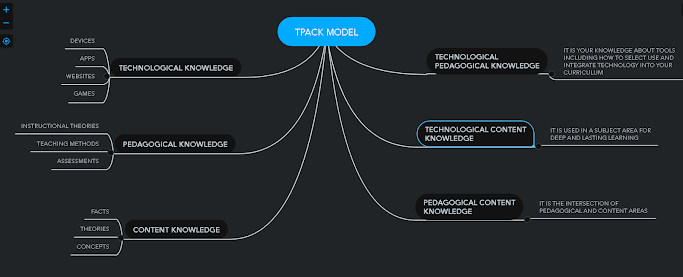Richard Mayer’s cognitive theory of multimedia learning makes three assumptions about how humans process information. First assumption is the dual coding theory. Dual coding theory is that we process visual and verbal information differently and in two separate channels. The second assumption is limited capacity which refers that due to the capacity of working memory, we can only process a limited amount of information in each channel at one time. The final assumption is active processing which refers that in order to make something meaningful, people actively process information by paying attention and organizing and integrating the information.The theory also states that in order to learn in a multimedia environment, a person must engage in five cognitive processes. In working memory, the learner coordinates and tracks these five processes.1- selects relevant words from a multimedia message, 2- selects relevant visuals from a multimedia message, 3- builds connections among certain words to create a coherent verbal model, 4- builds connections among certain images to create a coherent pictorial model, and 5- integrates the verbal and pictorial models with each other and with prior knowledge. Isn't incredible that we can learn anything from such a demanding process.However,our brain surely can handle these processes, whem multimedia messages are designed for the human mind.




Yorumlar
Yorum Gönder